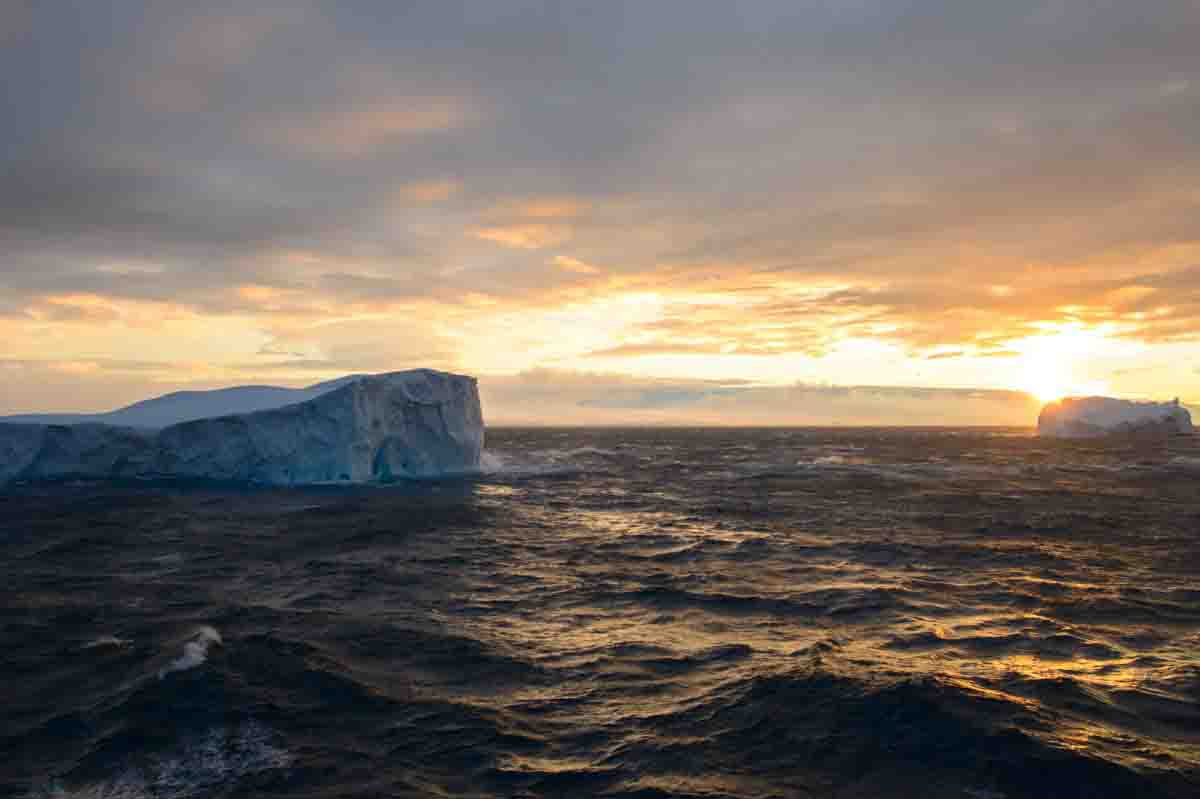Agriculture & Climate Change, Australia (Commonwealth Union) – The deep ocean currents around Antarctica are critical components of the global ocean circulation system. They play a key role in regulating Earth’s climate and transporting heat and nutrients around the world’s oceans. Understanding these currents and their dynamics is essential for predicting future changes in the Earth’s climate and ocean circulation.
Researchers have recently revealed that the Antarctic circulation may lessen by over 40% over the next 3 decades, that will have a significant impact on oceans and the climate. It was also indicated that the deep ocean circulation building up around Antarctica may lead to a collapse. This reduction could stagnate the bottom of the oceans impacting climate and marine ecosystems for centuries ahead.
The findings were outlined in a recent study conducted by Scientia Professor Matthew England, Deputy Director of the ARC Centre for Excellence in Antarctic Science (ACEAS) at the University of New South Wales (UNSW). The findings that appeared in the Nature journal, included the lead author Dr Qian Li, who was previously at the UNSW and presently at the Massachusetts Institute of Technology (MIT), together with the co-authors from the Australian National University (ANU) and CSIRO.
Cold water sinking in close proximity to Antarctica leads to the deepest flow of the overturning circulation. The is a network of currents that spans the oceans of the globe. The overturning takes heat, carbon, oxygen as well as nutrients around the world, having an effect on the climate, sea level together with the productivity of marine ecosystems.
The Southern Ocean, which encircles Antarctica, is the most energetic and dynamic ocean in the world. It is characterized by strong winds, intense currents, and deep mixing, which play a critical role in regulating global climate and ocean circulation. Among the many features of the Southern Ocean, the deep ocean currents around Antarctica are particularly noteworthy.
“Our modelling shows that if global carbon emissions continue at the current rate, then the Antarctic overturning will slow by more than 40 per cent in the next 30 years – and on a trajectory that looks headed towards collapse,” explained Professor England.
Roughly 250 trillion tonnes of cold, salty, oxygen-rich water sink near Antarctica annually. This water then moves northwards and takes oxygen deep into the Indian, Pacific and Atlantic Oceans.
Professor England pointed out that if the oceans were equipped with lungs, this would become one of them.
The team of scientists from across the world modelled the amount of Antarctic deep water produced under the IPCC ‘high emissions scenario’, to continue till 2050. The model collects detail of ocean processes that on prior occasions where models haven’t been able to, including the way predictions for meltwater from ice may have an influence on the circulation.
This deep ocean current was left in a relatively stable state for 1000s of years, however with the elevated greenhouse gas emissions, Antarctic overturning is forecasted to significantly have reduction in the next few decades.
As the collapse of this deep ocean current occurs, the oceans under 4000 metres will stagnate as indicated by researchers.
“This would trap nutrients in the deep ocean, reducing the nutrients available to support marine life near the ocean surface,” said Professor England.
Researchers noticed melting ice around Antarctica will result in the nearby ocean waters to have lower density, reducing the Antarctic overturning circulation. Melting of the Antarctic and Greenland ice sheets is predicted to continue to speed up as the planet increases temperature.
“Our study shows that the melting of the ice sheets has a dramatic impact on the overturning circulation that regulates Earth’s climate,” said Dr Adele Morrison, who is from ACEAS and the ANU Research School of Earth Sciences as well.








